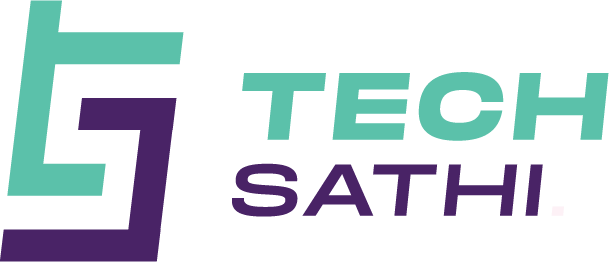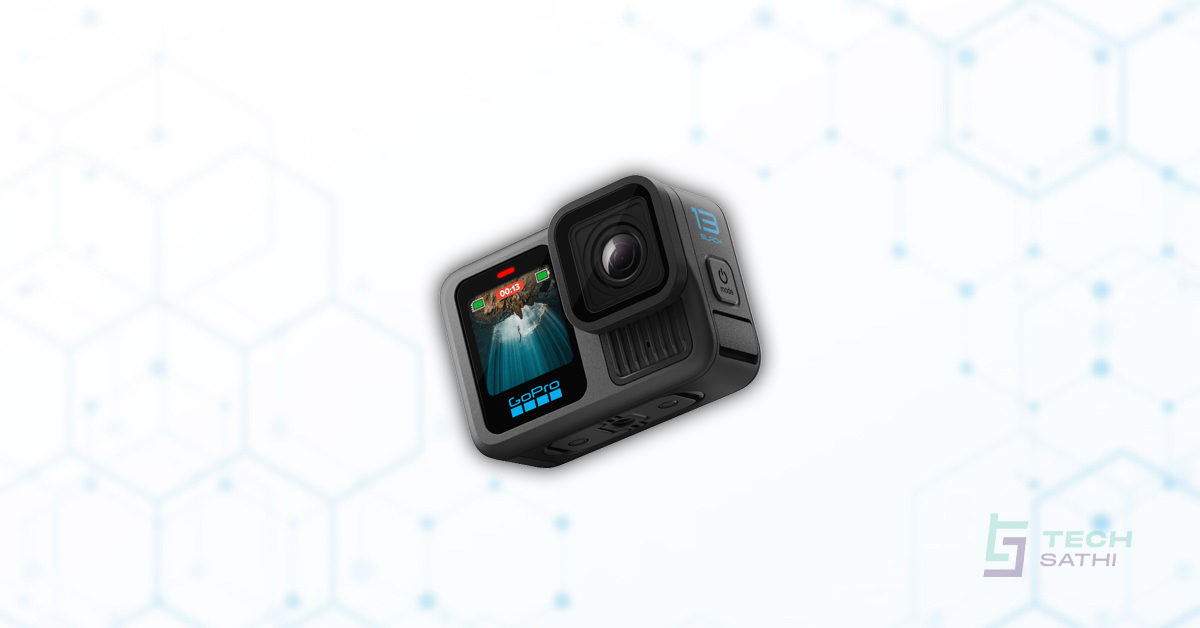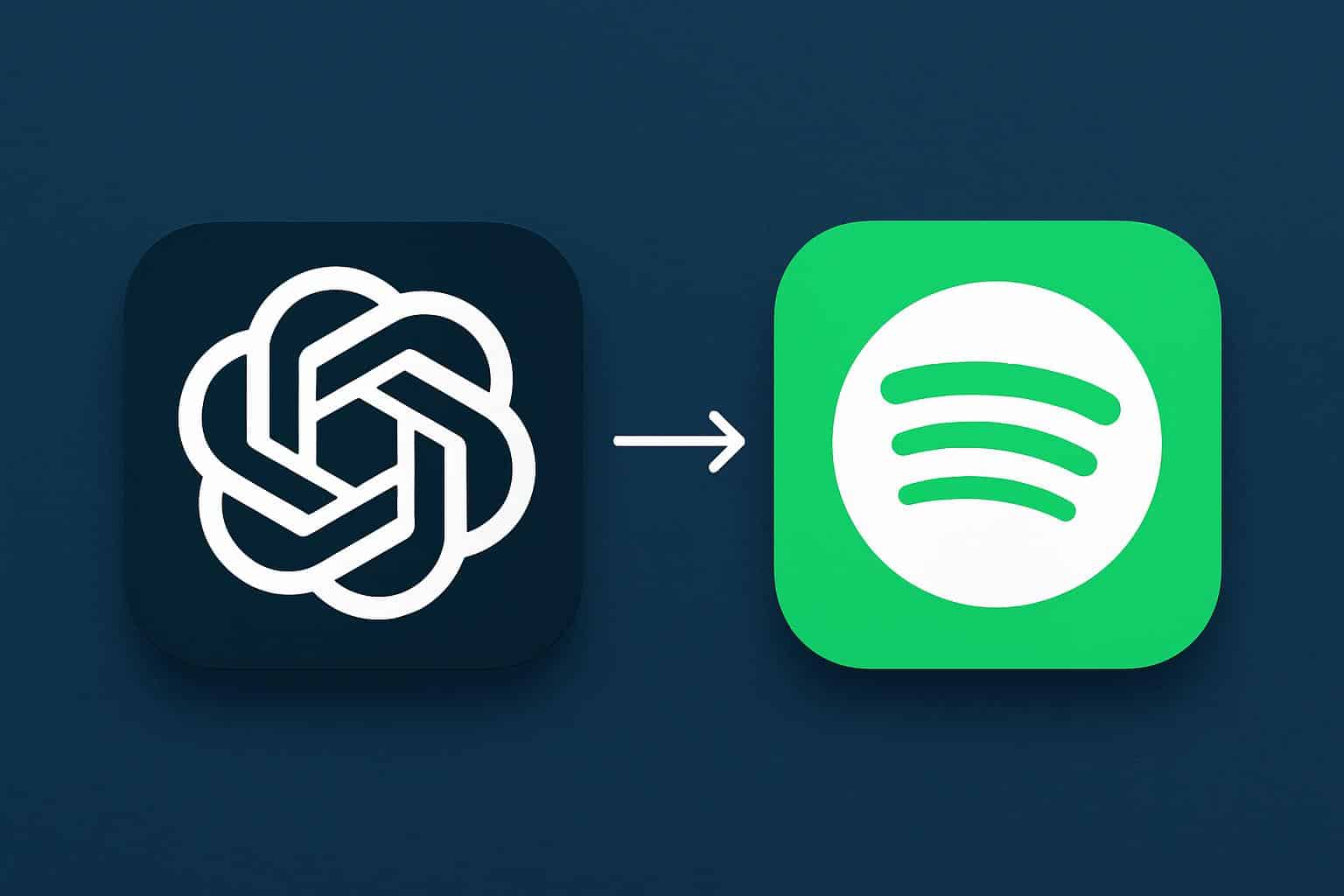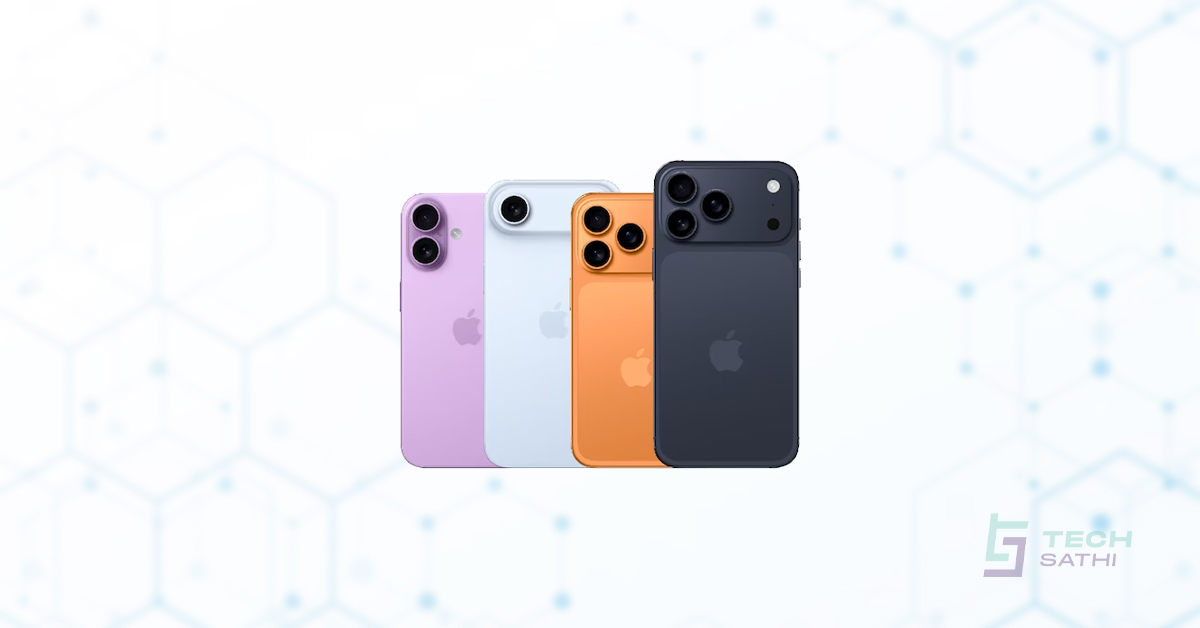Communication and entertainment technologies have become the cornerstone of modern life. The Web is at the heart of this, and we can see that its reliance has grown exponentially in recent times with a global pandemic that has forced us onto the Web for our occupational, educational, and entertainment needs. It’s important to remember though that the Web was not always like it is now, evidenced by its steady evolution from humble beginnings to what it is today.
The stages of the internet
The internet has been roughly categorized into three major versions based on the time and technology used. The first, one named Web 1.0, represented the initiation of the internet in the late 1980s, Web 1.0 used to comprise just static “read-only” webpages created by relatively few participants just for a few users without search engines. After that Web 2.0 was introduced which significantly provided greater user interaction and participation. This time Users could create their own accounts across various applications which opened up enormous opportunities for businesses as a result we saw internet giants like Facebook, Microsoft, and Google. Since the mid-2010s, we are witnessing a brand-new stage of internet evolution fueled by revolutionary business models including Blockchain machine learning, Artificial intelligence cloud computing, and a bunch of other disruptive technologies poised to revolutionize the industry named Web 3.0.
What is Web 3.0
Web 3.0, also named as Semantic web is the holistic approach where several new technologies are used in order to arrange and structure data you can find on the internet to make it available and usable by programs and software with the help of a metadata system. Web 3.0 is firmly designed to counter privacy and security threat posed by big tech giants and as a measure to limit the data they collect. The idea of web 3.0 Was set forth by the founder of the worldwide web Tim burners Lee himself. Based on three fundamentals of edge computing, decentralized data networks, and artificial intelligence, The third generation of the internet aims to be open and transparent in which everything on the internet will be built using open-source software built by an open and accessible community of developers, eliminate the third party as well as be permissionless where both users and suppliers, can directly consent without the involvement of external factor.
You may also like
How has COVID-19 Affected Nepal’s Education Sector?
Social Media: History, Significance and Impacts | How can we make the most out of Social Media?
Here’s how to keep your smartphone battery healthy
Web 3.0: the significance
Web 3.0 is a find engine’ rather than a ‘search engine’. Using semantic relations and artificial intelligence Web 3.0 will make information easier and lead to a higher capacity for creating more knowledge, while also making it accessible to more users. In a world of increasing connectivity – digital society is evolving from a centralized to a decentralized model. By the tokenization of data, we have found a way to ensure that an individual can own his or her own data by disintermediating industries, reducing rent-seeking third parties, and returning this value directly back to the users and suppliers in a network. Furthermore, organization systems can be intrinsically more resilient to change through their new mesh of more adaptable peer-to-peer communication and governance ties between participants as well as humans, enterprises and machines can share more data with more privacy & security assurances. Web 3.0 will create tokens which give us provable ownership of our own data and digital footprint.






